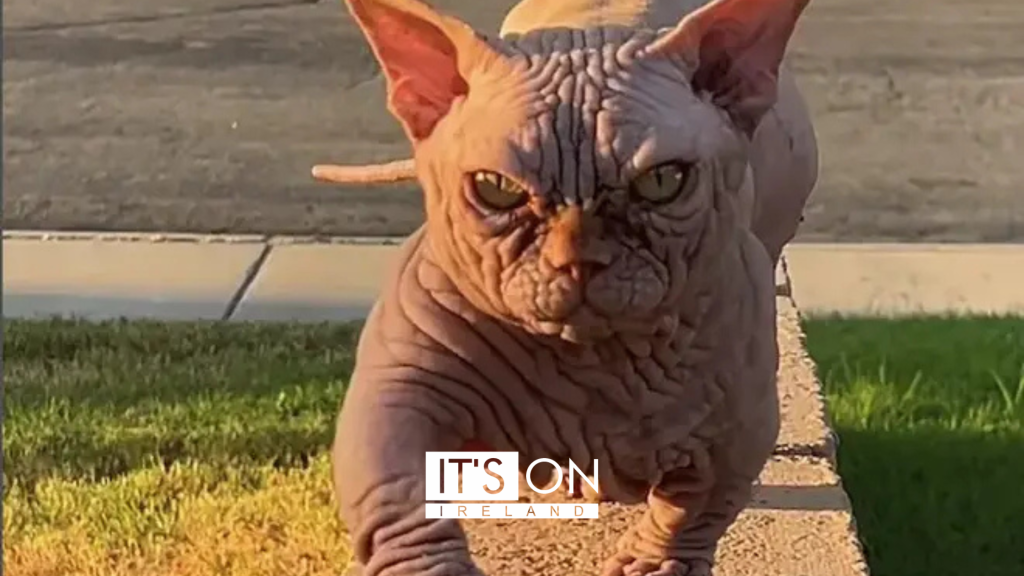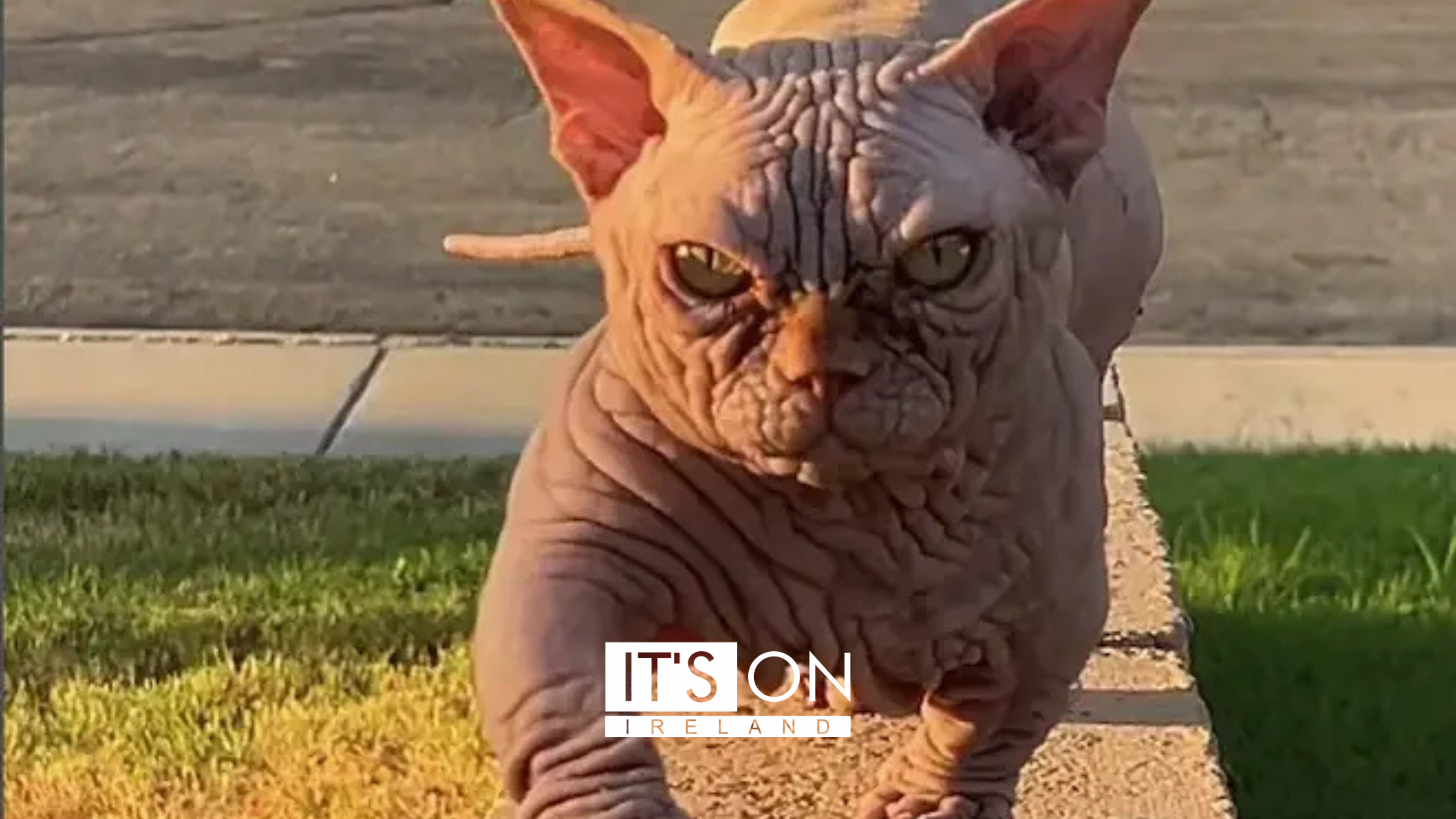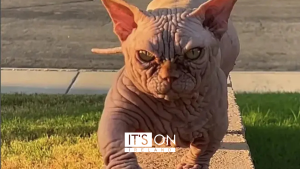XL Bully Cats: Mutant Felines Raise Alarms Among Pet Experts and Owners
The concept of XL Bully Cats, a controversial new trend involving mutant hairless felines, has sparked widespread concerns among pet experts. Dubbed “XL Bully Cats,” these animals are genetically altered to possess extreme physical traits, raising ethical questions and safety concerns. While XL Bully Dogs have dominated headlines recently, a new wave of interest in these genetically altered felines is now emerging. This blog explores what these XL Bully Cats are, the potential risks, and why experts are issuing warnings about this controversial trend.

What Are XL Bully Cats?
XL Bully Cats, similar to the notorious XL Bully Dogs, are bred to display exaggerated physical traits. These cats are typically hairless with pronounced muscular builds, giving them an intimidating appearance. Some of these mutant felines are a result of selective breeding, while others have been developed through genetic modifications.
These cats are designed to look imposing, with many resembling oversized, hairless versions of the Sphynx breed. The appeal of these cats seems to lie in their unusual and somewhat menacing look, which has attracted attention from pet enthusiasts seeking unique, statement pets.
However, the breeding and genetic manipulation behind XL Bully Cats raise significant concerns about the long-term health and welfare of the animals. Experts warn that such extreme breeding could lead to a host of health problems, including respiratory issues, joint disorders, and behavioral abnormalities.
Expert Concerns and Warnings
Veterinary experts and animal welfare advocates have been vocal about the potential dangers associated with these mutant cats. Dr. Sarah Johnston, a leading veterinary expert, expressed her concern about the trend, stating, “Breeding for exaggerated traits can severely impact an animal’s quality of life. We’ve already seen the health issues with XL Bully Dogs, and now it’s extending to cats. It’s irresponsible breeding for aesthetics.”
One of the primary worries is that these cats may face similar health issues as their dog counterparts. Extreme physical traits, such as pronounced muscle mass or lack of fur, can lead to mobility problems, skin conditions, and vulnerability to infections. The ethical implications of breeding animals purely for appearance rather than health or temperament have also been raised, with critics calling the trend inhumane.
Furthermore, pet owners are now raising alarms about potential behavioral problems. Some XL Bully Cats may exhibit aggressive tendencies due to the stress associated with their unnatural physiques. Such behavioral issues could pose safety risks, especially to families with children or other pets.
The Ethical Debate Around Genetic Manipulation
The emergence of XL Bully Cats has reignited the ethical debate surrounding genetic manipulation and selective breeding in the pet industry. Animal rights organizations argue that manipulating animals to meet aesthetic preferences is unethical, as it prioritizes human desires over the well-being of the animals.
Animal welfare group PETA has issued a statement condemning the breeding of XL Bully Cats, saying, “Animals should not be treated as commodities to be engineered for human satisfaction. Selective breeding for extreme traits often results in suffering for the animals, who are left to deal with the physical consequences of their manipulated genes.”
The ethical questions surrounding this trend extend beyond the health and safety of the animals themselves. There is growing concern that promoting such animals as fashionable or desirable will lead to an increase in demand, ultimately driving more unethical breeding practices.
The Future of XL Bully Cats
As with any controversial trend in the pet industry, the future of XL Bully Cats largely depends on public opinion and regulatory action. Several countries have already implemented regulations around the breeding of XL Bully Dogs, and similar legislation could be on the horizon for these cats.
Regulating the breeding and sale of genetically modified pets could help mitigate some of the negative impacts associated with these animals. However, without stricter oversight, the trend is likely to continue, fueled by demand from individuals looking for rare and eye-catching pets.
Pet experts are urging potential owners to consider the ethical and health implications of owning an XL Bully Cat. As Dr. Johnston stated, “If we continue to prioritize looks over health, we risk normalizing a practice that causes lifelong suffering for these animals.”
A Trend Under Scrutiny
The rise of XL Bully Cats highlights the ongoing debate about ethics in the pet industry. While these mutant felines may attract attention due to their unique appearance, the health risks and ethical concerns surrounding their breeding practices cannot be ignored. As experts and animal welfare advocates continue to warn against this trend, it’s crucial for potential pet owners to educate themselves and make informed decisions based on the welfare of the animals.
For more stories and insights, visit It’s On
Instagram:@itson.ie
TikTok videos and information:@itson.ie
Share this content:





